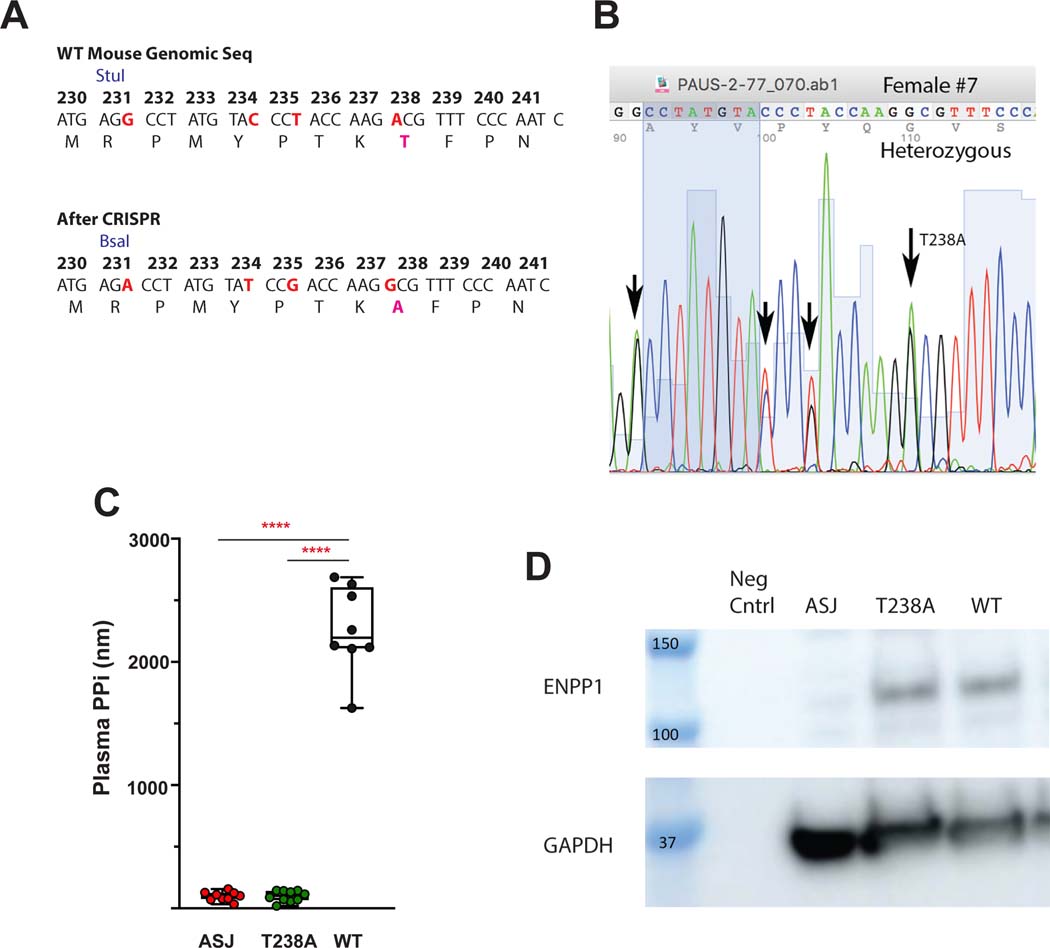Figure 1: Generation of a catalytically inactive Enpp1 mouse model – the Enpp1T238A mouse.
A. Substitution of Alanine for the Threonine at position 238 in Enpp1 was performed by CRISPR-Cas methods. Four nucleotide changes were made to the template genomic DNA (highlighted in Red). Two were inside the protospacer element, one of which creates the desired mutation. B. Genotyping via sequencing revealed the presence of a heterozygous animal (arrow labeled T238A). C. Plasma PPi in 10-week Enpp1asj/asj and Enpp1T238A/T238A mice were equivalently reduced (mean of 97 and 98 nM, respectively) compared to WT siblings (mean of 2,262 nM). D. Western blot analysis confirmed comparable ENPP1 protein expression in calvarial osteoblasts derived from Enpp1T238A mice and WT C57/BL6 mice, and reduced ENPP1 protein expression in Enpp1asj mice. ENPP1 protein levels were normalized to GAPDH in all cohorts.

